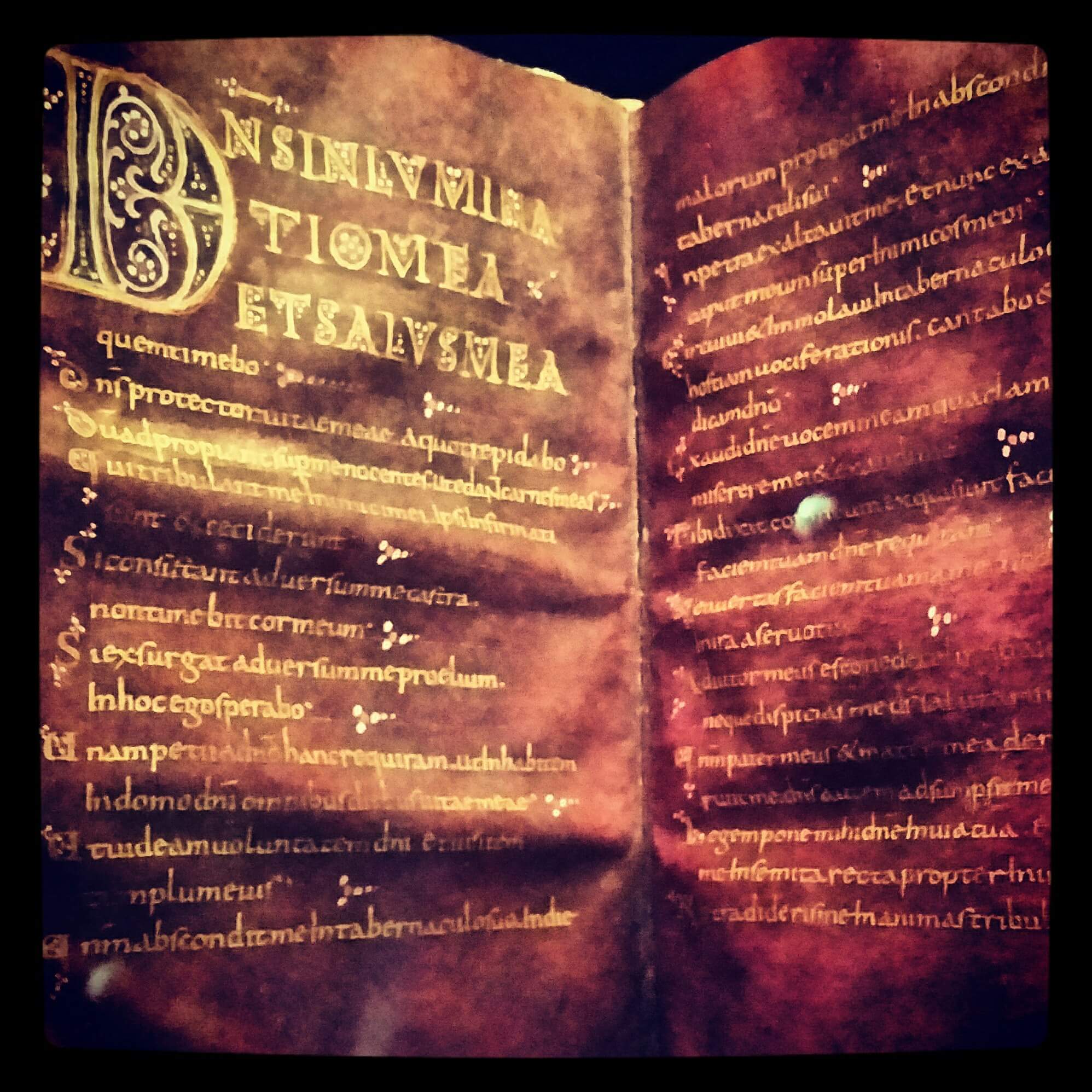Bartholomew is named as one of the Twelve Disciples in all three synoptic gospels, and always is paired with Philip (Mark 3·18, Matthew 10·3 and Luke 6·14; though he is paired with Matthew in Acts 1·13). Bartholomew does not appear in the Gospel of John, and his place with Philip is instead taken by Nathanael, who is brought to Jesus by Nathanael (John 1·45). Seeing as Nathanael does not occur in the synoptics, there is an ancient tradition of considering Bartholomew and Nathanael to be one and the same person.

Eusebius of Caesarea (EH V.x) tells us that, in the late second century, Pantaenus of Alexandria was a Stoic philosopher and a missionary to India and found that he had been preceded by Bartholomew as missionary in that place, and Bartholomew had brought there Matthew’s writings in Hebrew script (which could mean Aramaic). The term ‘India’ was rather imprecise, and other legends place Bartholomew in Ethiopia, Mesopotamia, Parthia or Anatolia. Armenian Christians believe that Bartholomew along with Thaddaeus brought Christianity to Armenia, where Bartholomew converted the king, which led to the king’s brother ordering his execution. In tradition, Bartholomew was flayed and then either crucified upside down or beheaded. In line with popular ‘martyrological torture porn’, Michelangelo depicted Bartholomew as a loose bag of flayed skin in the Last Judgement scene of the Sistine Chapel. The thirteenth-century Armenian monastery of St Bartholomew (Սուրբ Բարթողոմէօս Վանք Surb Bartʿoɬomēos Vankʿ) in Başkale, Turkey’s Van Province, is said to be built at the place of his martyrdom. However, the ancient city of Derbent on the Caspian Sea (Dagestan, Russian Federation) is also a candidate. Various places claim relics of Bartholomew, including Canterbury Cathedral, which claims an arm given it by Queen Emma, consort of King Cnut. This and his appearance in Felix’s Life of Guthlac may explain Bartholomew’s popularity in England: there are 165 ancient churches dedicated to him.

